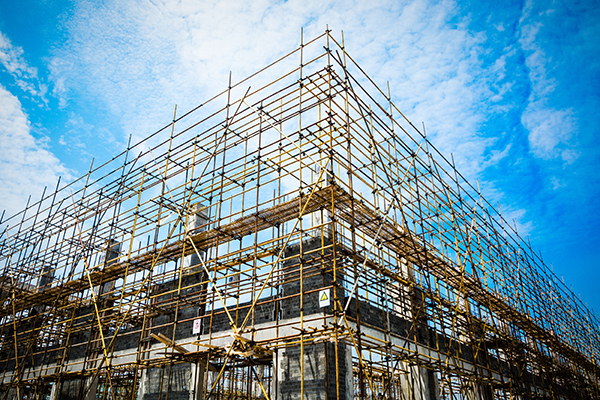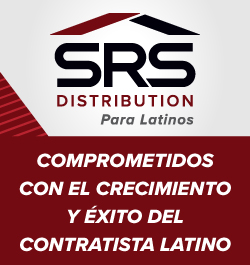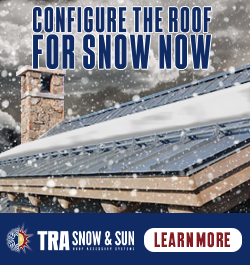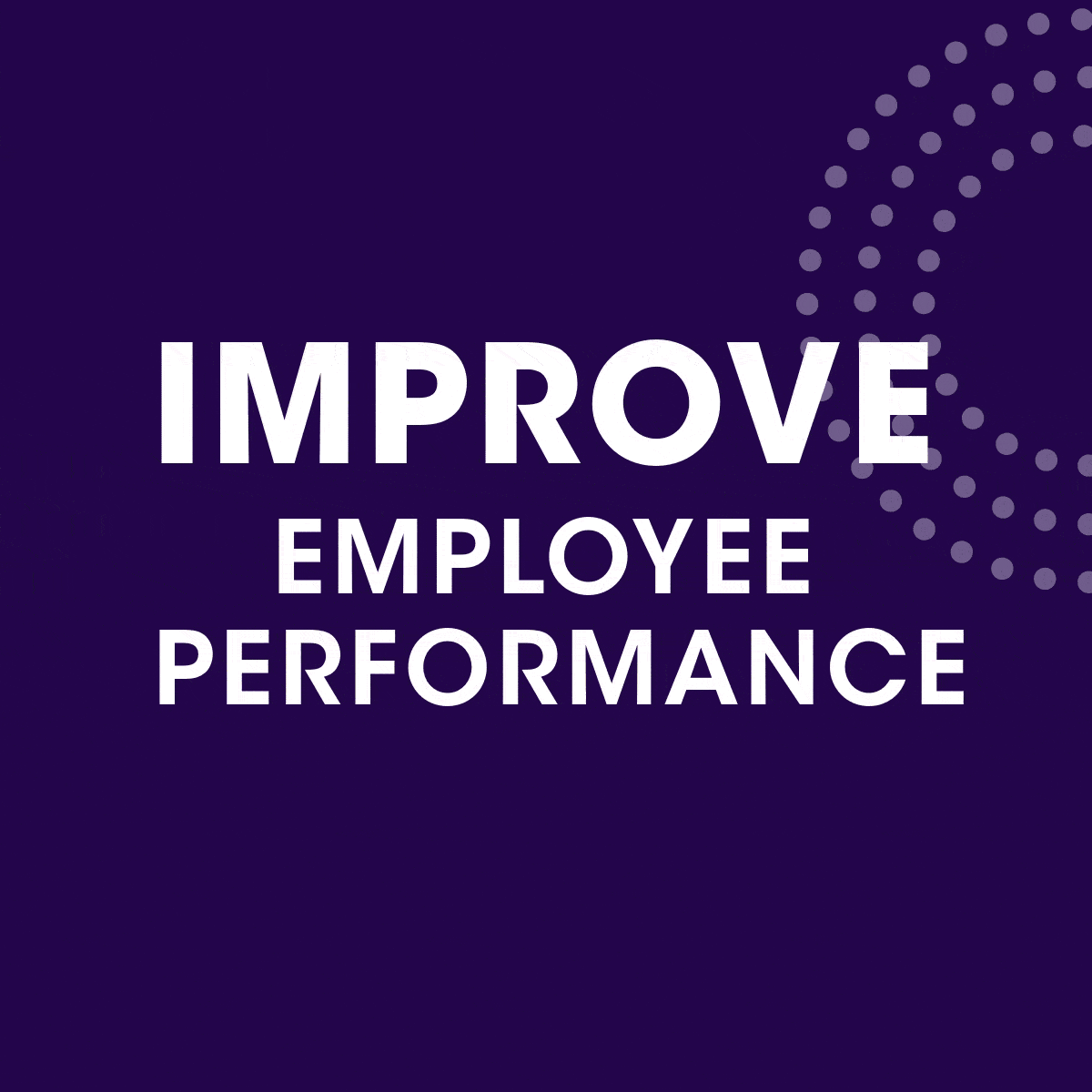NRCA Applauds New Expensing Rules for Roofs in New Tax Law

By Duane Musser, Vice President, Government Relations, NRCA.
NRCA is extremely pleased that the Tax Cuts and Jobs Act expands the definition of qualified real property eligible for full expensing under Section 179 of the tax code to include improvements to nonresidential roofs.
This is a major victory for NRCA, as it is the result of years of efforts to educate lawmakers regarding the economic benefits of improved tax treatment of roofs.
NRCA members may wish to consider being proactive in informing customers and other industry participants about this provision in the new tax law during 2018. Following is detailed information about Section 179 and the provision to add nonresidential roofs as qualifying property under the Tax Cuts and Jobs Act signed into law Dec. 22, 2017.
Section 179
Section 179 allows taxpayers to immediately expense the cost of qualifying property rather than recovering such costs over multiple years through depreciation. The Tax Cuts and Jobs Act significantly expands the expensing limits under Section 179, with the maximum amount a business may expense now set at $1 million and the phase-out threshold increasing to $2.5 million. These new limits are effective for qualifying property placed in service in taxable years beginning after Dec. 31, 2017, and the amounts will be indexed for inflation starting in 2019.
Addition of Roofs as Qualifying Property
In addition to expanding the amounts that may be expensed, the Tax Cuts and Jobs Act expands the definition of qualified real property eligible for Section 179. As of Jan. 1, 2018, qualifying property for Section 179 includes “improvements to nonresidential real property placed in service after the date such property was first placed in service: roofs; heating, ventilation, and air-conditioning property; fire protection and alarm systems; and security systems.”
Given these changes to Section 179 by the Tax Cuts and Jobs Act, qualifying taxpayers (generally small and mid-sized businesses) may now elect to fully expense the cost of any improvements to nonresidential roofs beginning in 2018 and in future years. Essentially, any improvements to nonresidential roofs, including full reroofs of existing buildings, now may be expensed in the year of purchase by any taxpayer eligible to deduct expenses under Section 179.
Editor’s note: This article was first published in the TARC newsletter and can be viewed here.








-2.png)










Comments
Leave a Reply
Have an account? Login to leave a comment!
Sign In